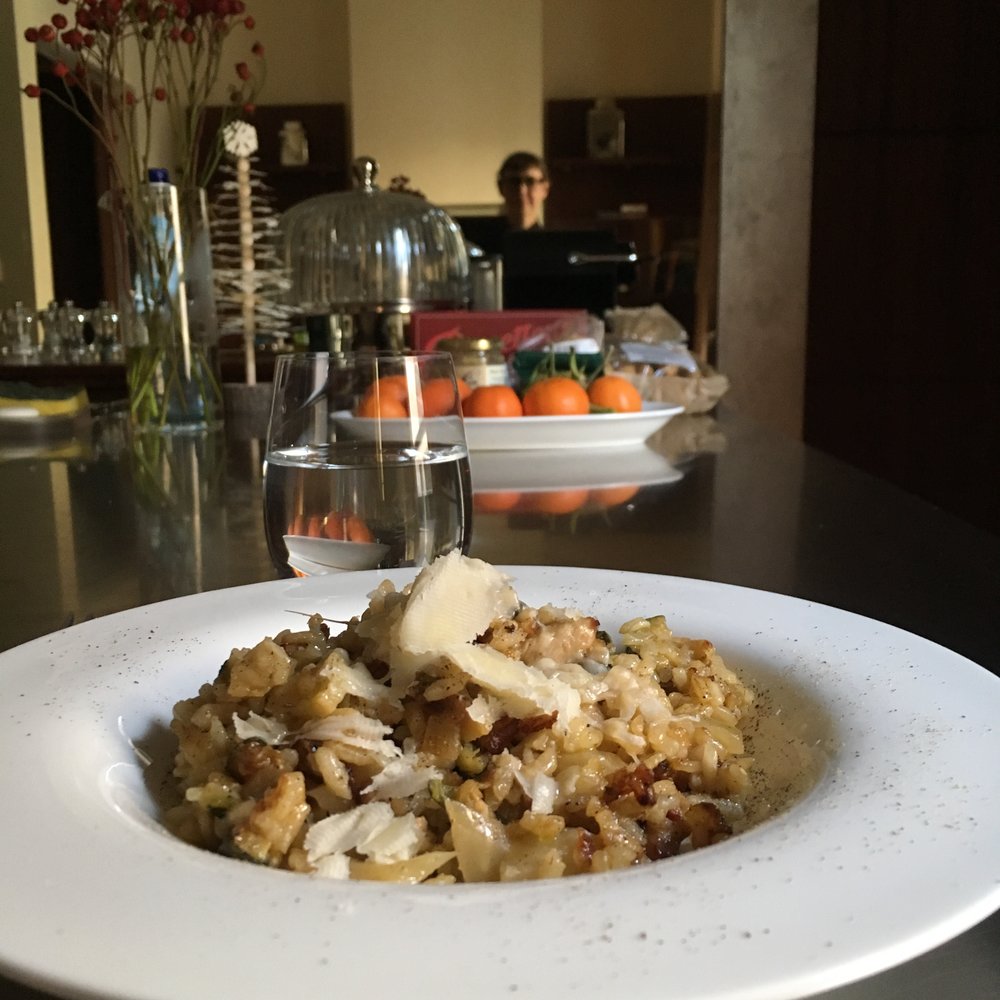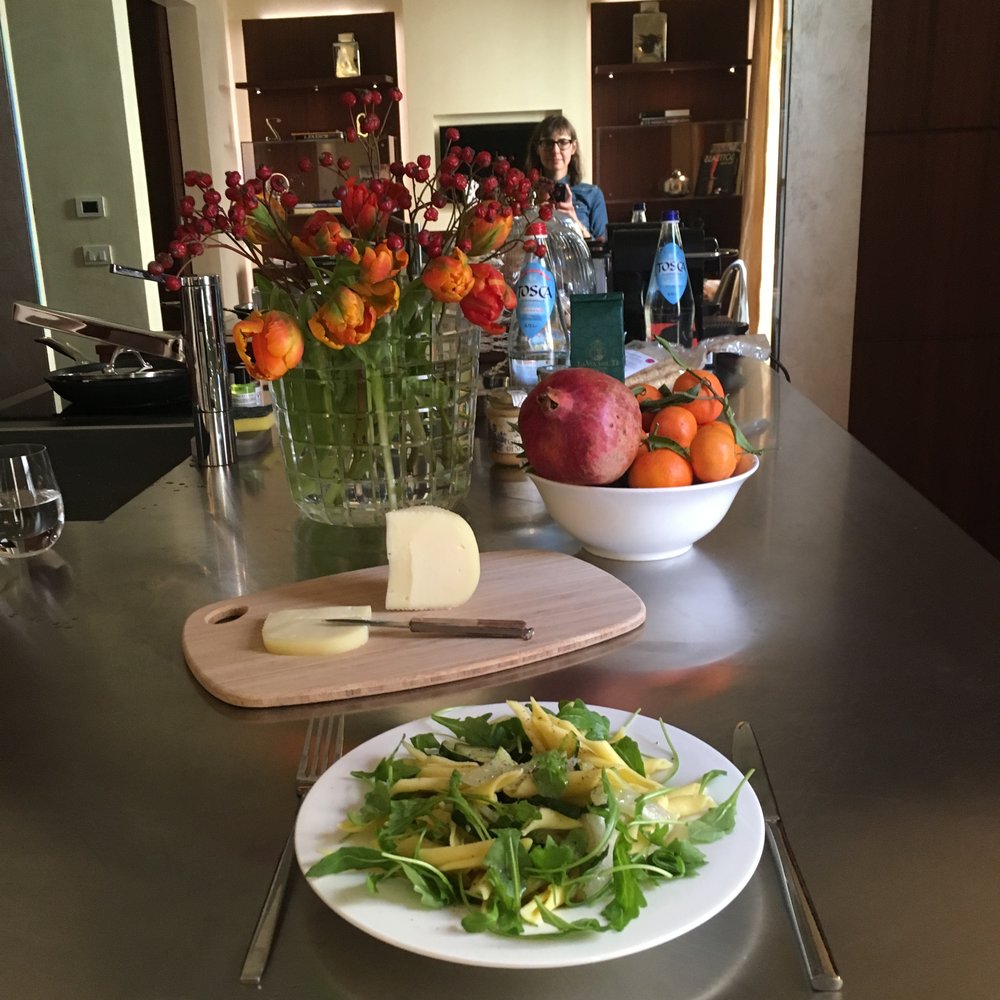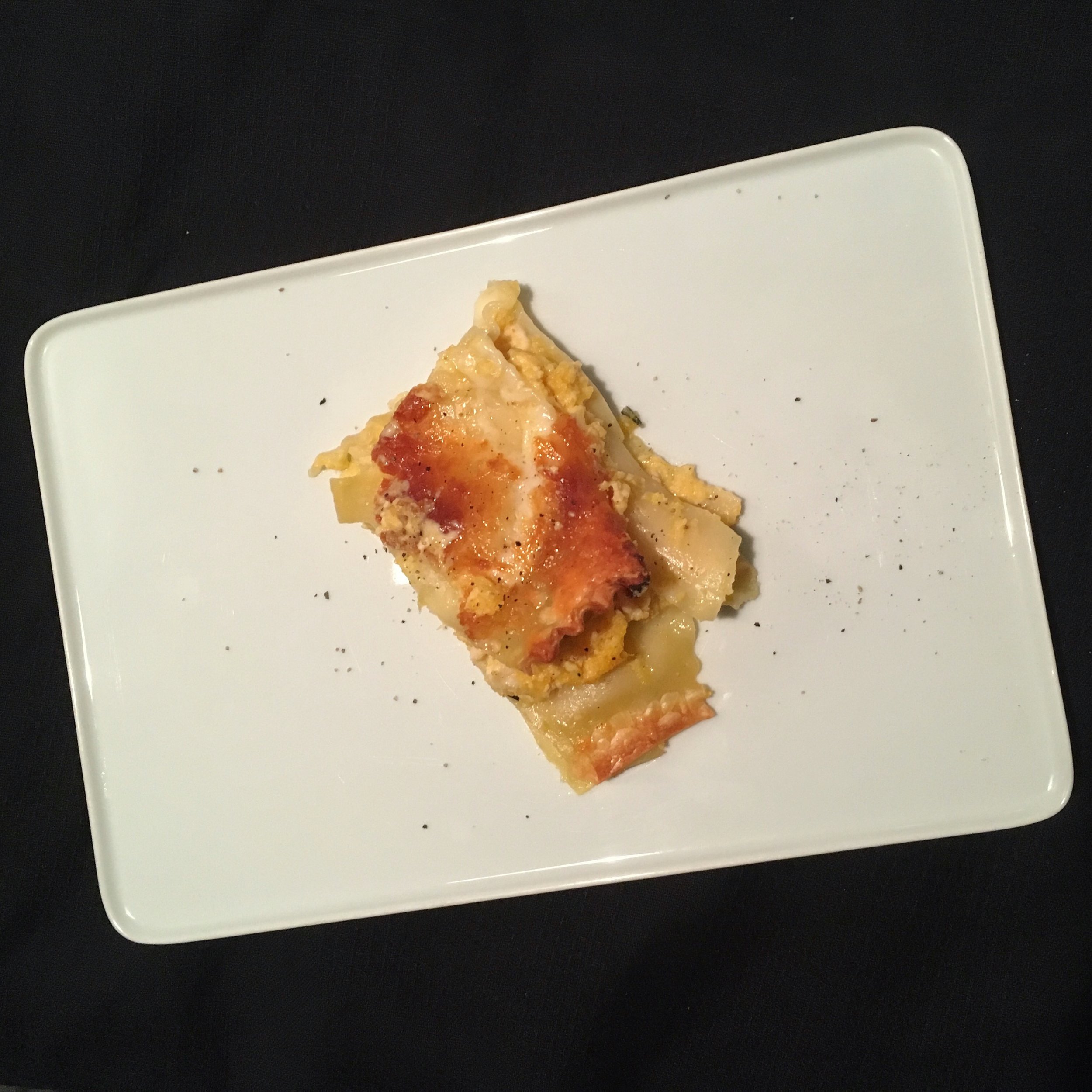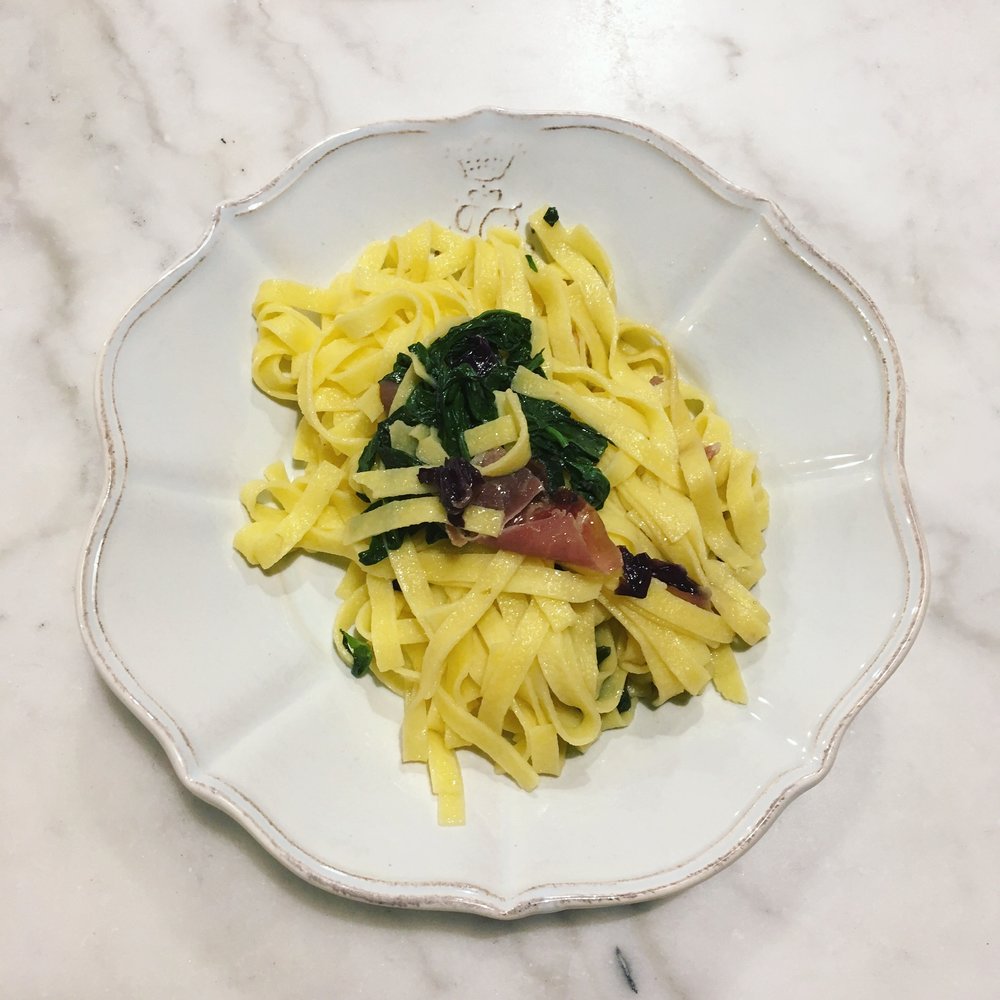Since we’ve arrived in Florence, everyday I’ve been cooking something different for dinner: simple vegetables and salad, pasta, risotto, cereals… I’ve tried them all. And I’ve been using as much as possible things I don’t usually find in Japan, and that I love extremely: artichokes, fennels, lamb lettuce and a great variety of cheeses. And what I’ve been doing is make sure that each time I would have some leftover for my lunch the next day. Indeed, what’s better than working all morning, going for a walk at noon, coming back at two cold and starving, and having already the lunch half prepared? And what’s better than olive oil pan roasted pasta or risotto when them become all crispy and golden? For me leftovers are a real treat! And top them with some new sort of cheese everyday and it’s pure happiness, and pure energy for working the rest of the day!
Here are my two favorites from this week: leftover pasta with newly added artichokes, and fennel risotto with newly added plenty of tomme cheese. For the first one (top picture), simple pasta leftover is good. Then boil one or two artichokes remove the leaves and keep the hearts, slice or chop them. In a heated pan generously add olive oil, the pasta, the artichokes. Stir once in a while until the pasta are golden crispy. Top with a bit of parmigiano and eat right away!
The second one (bottom picture) is even simpler. I actually made some fennel risotto with some pork roast, so I just cooked it again in a pan with a lot of olive oil and didn’t stir until it got really crispy on the edges, then I served it with plenty of some tomme cheese I bought at the market, a much softer cheese than parmigiano but not less fragrant.











